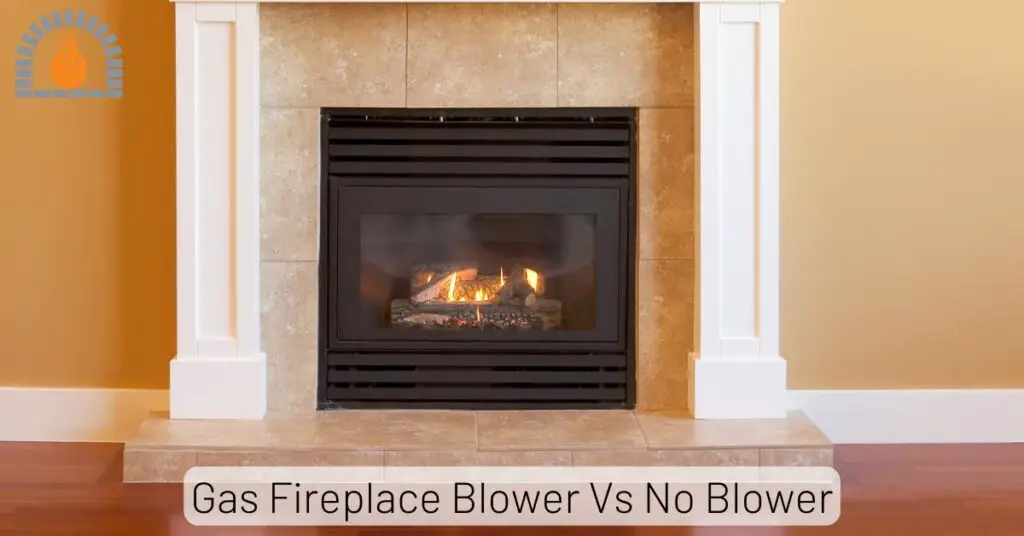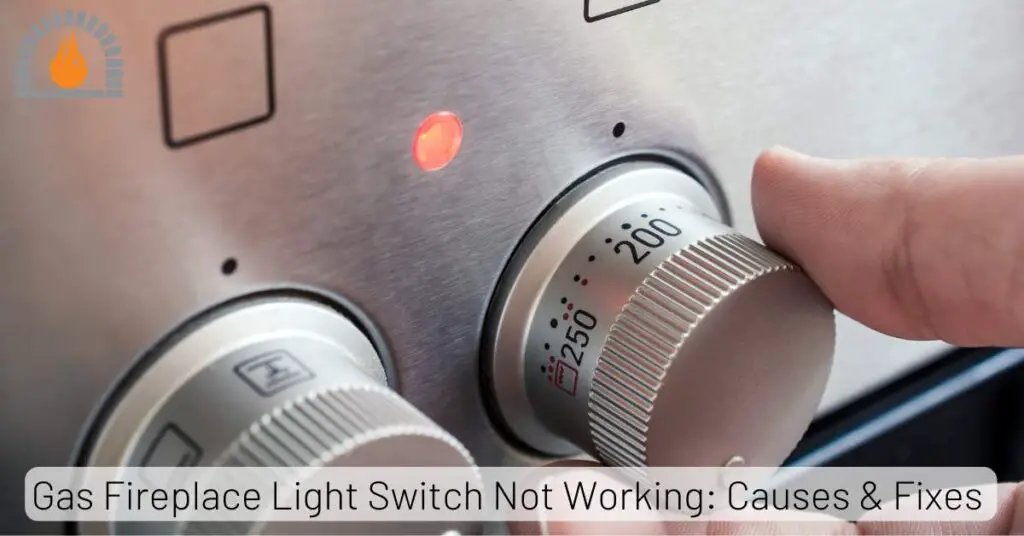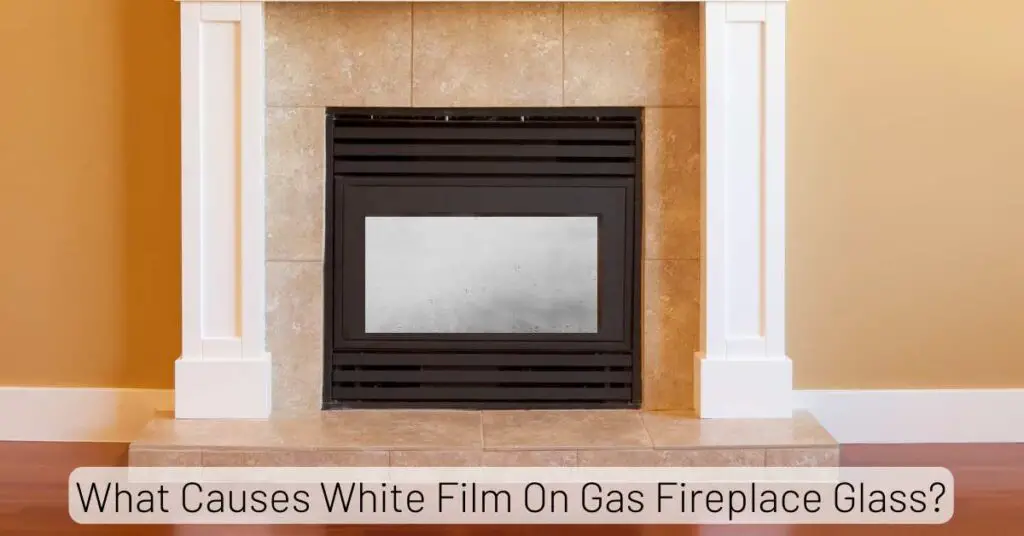The mesmerizing dance of flames has captivated the human imagination since the discovery of fire, and today, with the advent of gas fireplaces, this age-old fascination continues to burn brightly.
As homeowners embrace the convenience and aesthetic appeal of gas fireplaces, questions often arise about the ideal color of the flames. So, what color should a gas fire flame be?
The Ideal Gas Fireplace Flame Color:
A blue flame is generally considered optimal for gas fireplaces. Blue flame signifies that the gas is burning efficiently and cleanly. This occurs when the air-fuel mixture is balanced, leading to complete combustion. Gas fireplaces with blue flames tend to be more environmentally friendly, producing fewer pollutants.
What Does the Gas Fireplace Flame Color Indicate?
The color of a gas fireplace flame is influenced by various factors, including the combustion process, the chemical composition of the gas being burned, and the presence of impurities.
What Color Should a Gas Fire Flame Be?
The ideal color for a gas fireplace flame is blue. A blue flame indicates complete combustion of the natural gas or propane fuel, meaning that the hydrocarbons in the gas are reacting with oxygen to produce carbon dioxide and water vapor. This type of combustion is efficient and produces minimal harmful byproducts.
Characteristics of a blue flame:
-
The flame should primarily appear blue, with minimal or no yellow or orange tints. The intensity of the blue color indicates efficient combustion.
-
The flame should burn steadily without flickering excessively. A steady flame is a sign of proper combustion and ensures the fuel is consistently burning.
-
A well-combusted flame should not produce black soot. Black soot is a byproduct of incomplete combustion and can accumulate on the fireplace or glass, indicating a potential issue.
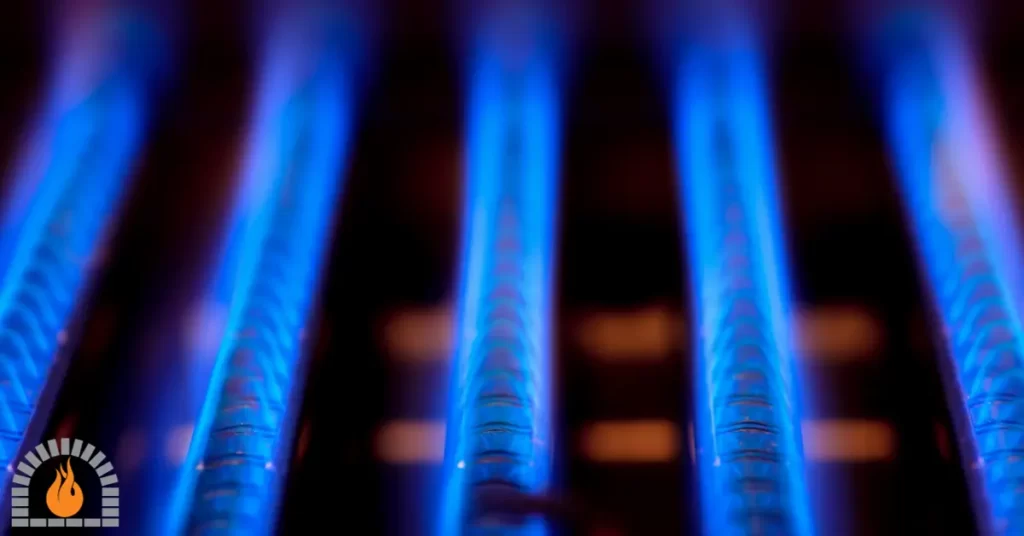
It’s important to note that the specific color of the flame can vary slightly based on factors such as gas composition, burner design, and ambient conditions. However, a predominantly blue flame remains the safe and efficient operation standard.
Gas Flame Color Chart
| Flame Color | Reason | Additional Information |
|---|---|---|
| Blue | Complete Combustion of Gas | Indicates efficient and clean combustion. Blue flames result from the optimal ratio of gas to air, ensuring complete burning of the fuel. |
| Yellow/Orange | Incomplete Combustion | Can occur when there is insufficient oxygen or poor ventilation. Incomplete combustion produces carbon monoxide and can be a sign of a malfunctioning or dirty burner. Seek professional inspection if persistent. |
| Red | Presence of Impurities | Certain impurities in the gas supply, such as dust or debris, can cause red hues in flames. Regular maintenance and cleaning can minimize this effect. |
| Green/Teal | Copper Contamination | If there is copper present in the burner components, it can contribute to green or teal flames. Copper should not be part of the combustion process; replace contaminated parts. |
| White | Intense Heat | High temperatures can cause flames to appear white. It’s generally not a cause for concern unless accompanied by other issues such as unusual noises or irregular flame patterns. |
| Purple/Blue | Metallic Elements | Certain metallic elements in the gas supply or burner components can produce purple or blue flames. Check for any materials in the gas supply that may contribute to these colors. |
What Does a Yellow Flame on a Gas Fireplace Mean?
A yellow flame on a gas fireplace can indicate incomplete combustion, often due to insufficient oxygen. In such cases, some of the carbon in the fuel may not be fully oxidized to carbon dioxide, producing carbon monoxide and the yellow color.
Yellow flames may also occur if the gas-to-air mixture is not balanced.
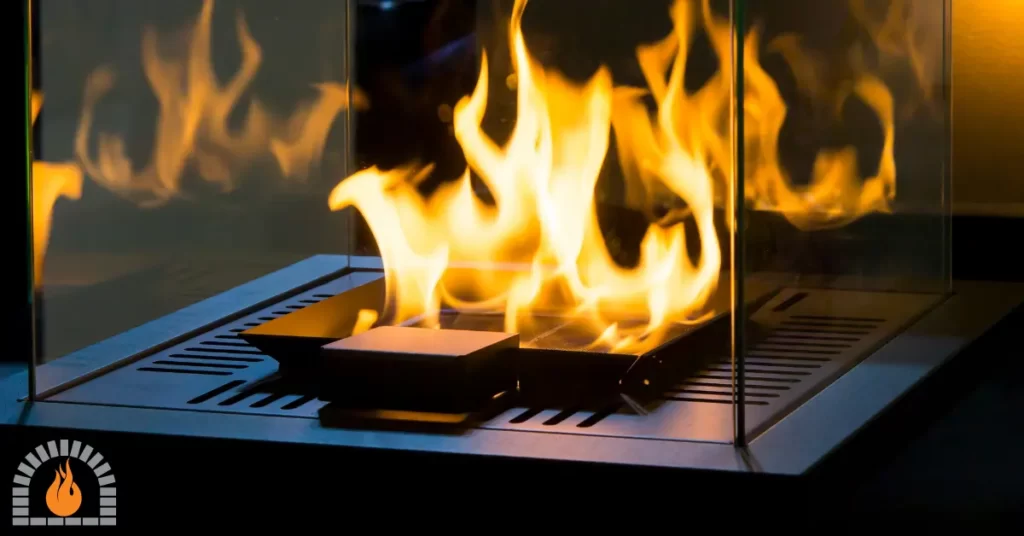
What Does a Orange Flame on a Gas Fireplace Mean?
Orange flames in a gas fireplace occurs due to incomplete combustion. Impurities or additives in the gas can lead to orange flames.
For example, certain minerals or contaminants in the gas supply might contribute to the coloration.
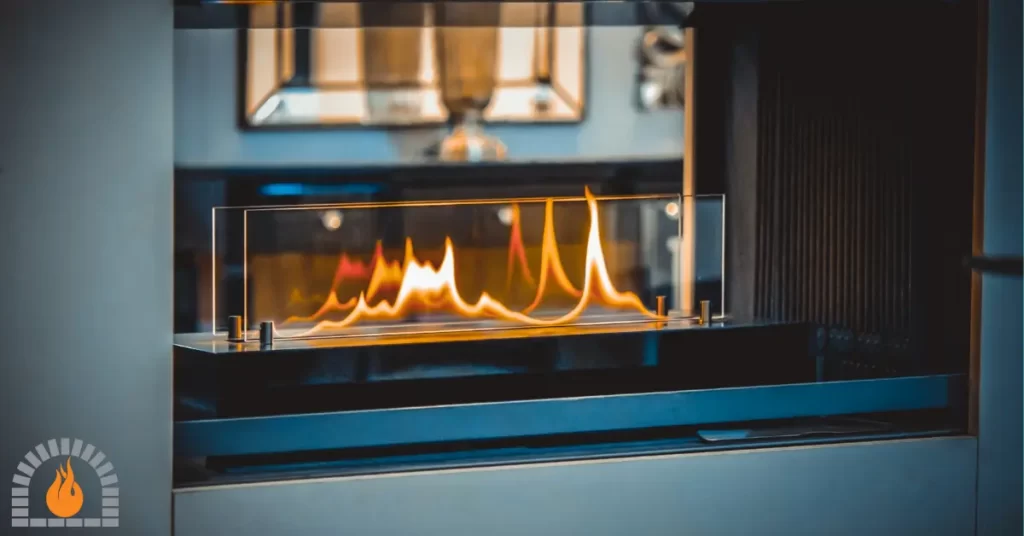
What Does a Red Flame on a Gas Fireplace Mean?
The occurrence of a red flame in a gas fireplace is attributed to the presence of certain impurities in the gas supply, such as dust or debris.
Regular maintenance and cleaning can help minimize this effect.
What Does a Green Flame on a Gas Fireplace Mean?
If there is copper present in the burner of the gas fireplace, it can contribute to green or teal flames.
Copper should not be part of the combustion process; replace contaminated parts.
The Role of Gas Composition
The composition of the gas being burned significantly influences flame color. Natural gas typically produces a blue flame, while other gases may result in different hues.
Understanding the specific characteristics of the gas supplied to your fireplace is crucial for interpreting flame colors accurately.
Gas Fireplace Safety Tips
Ensuring the safety of your gas fireplace goes beyond flame color. Implementing basic safety measures, such as installing carbon monoxide detectors and scheduling regular professional inspections, is crucial for the well-being of your household.

Affiliate Disclosure: Fireplaceadviser.com is a participant in the Amazon Services LLC Associates Program. We may earn a commission when you click on certain links on this site and purchase.

Hello!! I am Jamal Khan. I often fix my home electric heaters and gas stove problems and research the common issues in the heating units to improve my knowledge and expertise. The aim of establishing fireplaceadviser.com is to share my expertise and knowledge with my audience.








